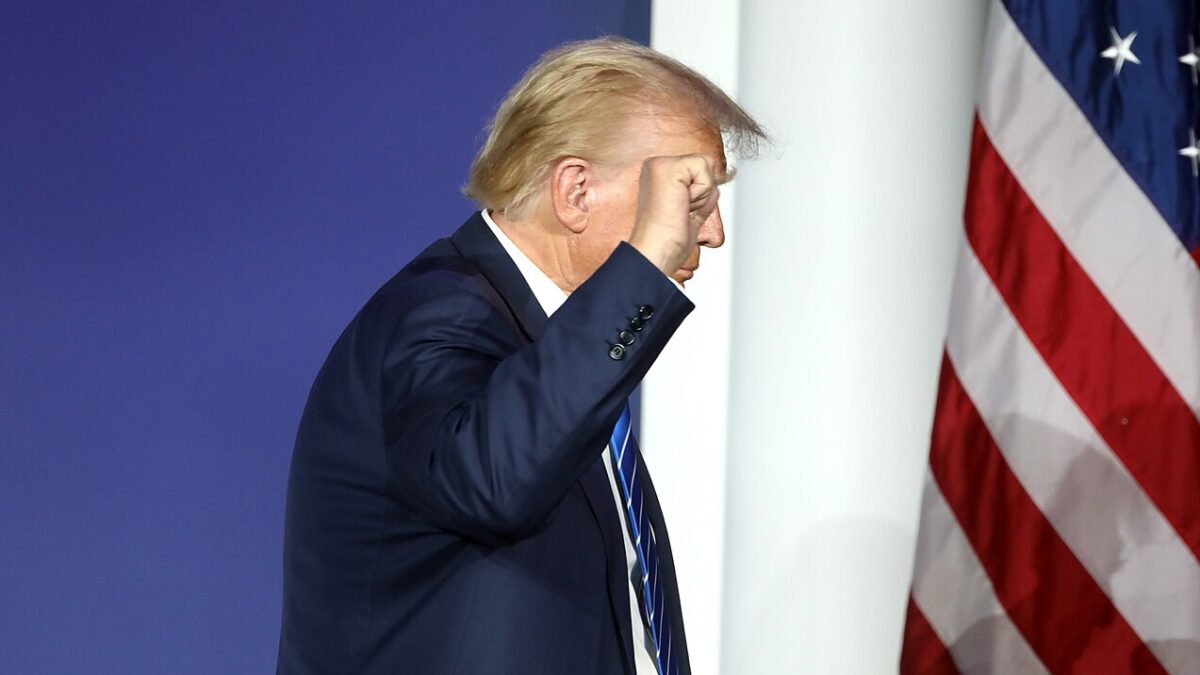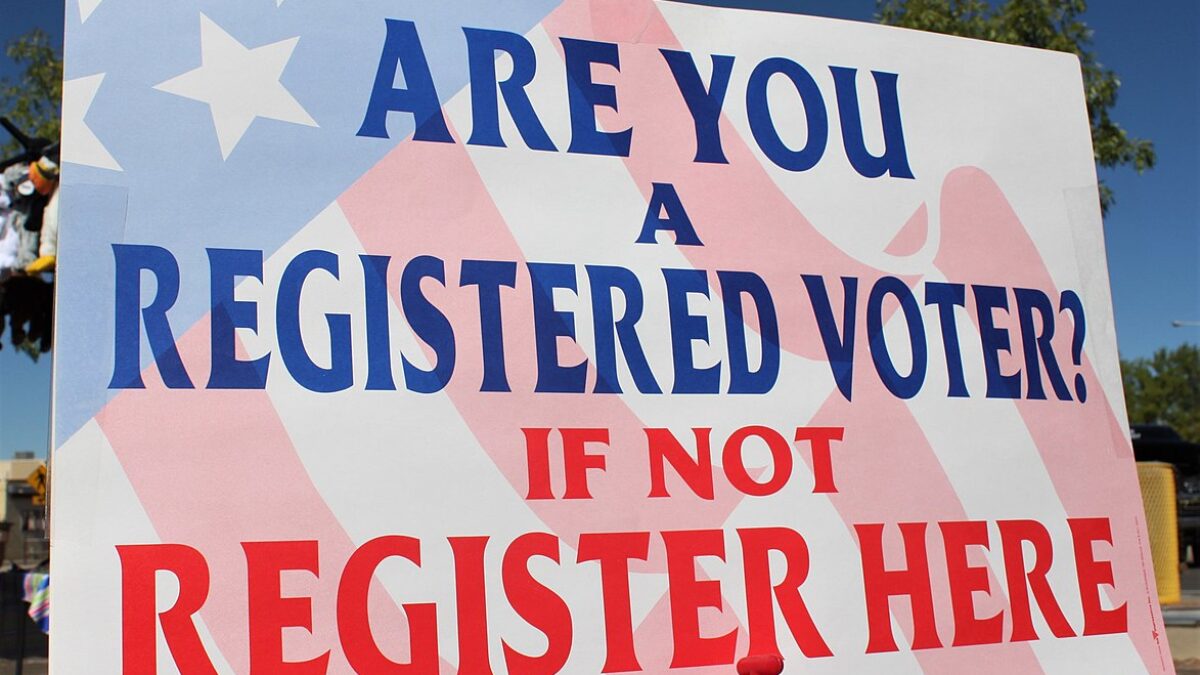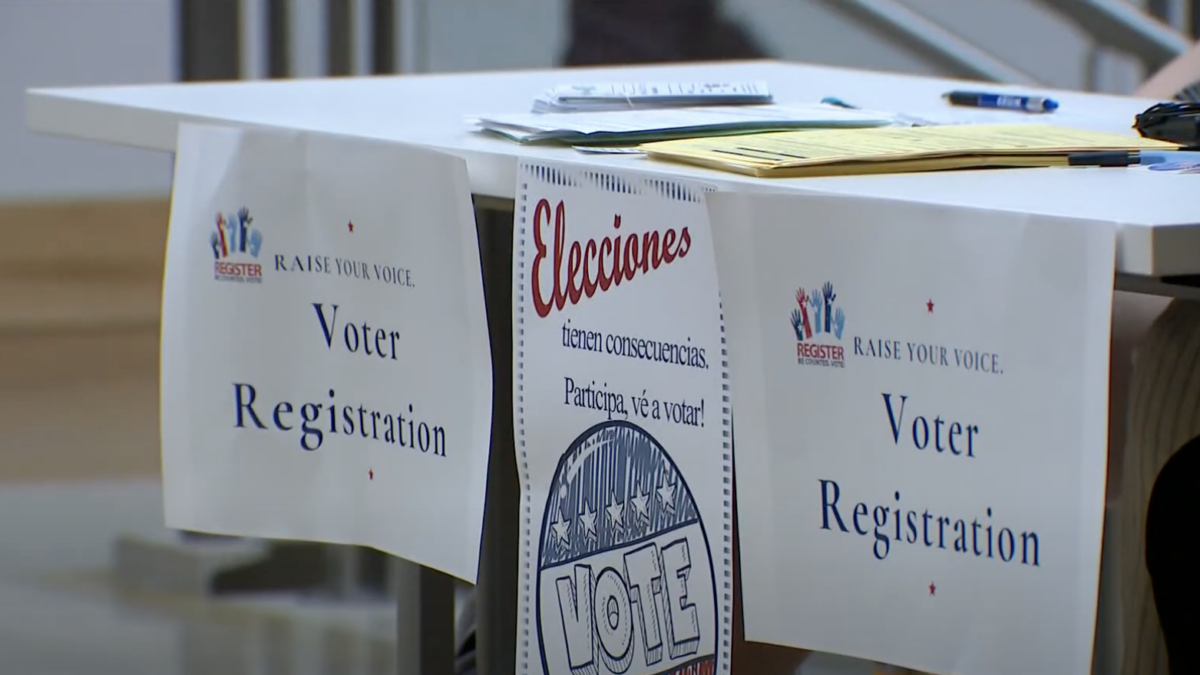
The market for health care has largely been destroyed, and in its wake remains a complicated, confusing system in dire need of fixing. Prices are too high and choices are too few, and the federal government’s response has long been more government control and more money.
The United States spent a total of $2.6 trillion on health care in 2010. In the post-Obamacare era, this number is estimated to reach $3.8 trillion in 2019, and national health spending is projected to grow at an average rate of 5.5 percent per year to reach nearly $6 trillion in 2027.
Under my Democrat colleagues’ theory on spending, all this money should produce incredible health-care results. Yet even they recognize their strategies to “reform” health care have not produced these results. Instead of rethinking their approach, Democrats are doubling down by pushing Medicare for All—a full $32 trillion government takeover of the health-care industry. Their path will destroy the physician-patient relationship and consumer choice, increase wait times for needed care, and overall is entirely misguided.
There is another path, one that I call “Health-care Freedom.” Health-care freedom operates under the assumption of four core principles: 1) no one should stand in the way of you and your doctor, 2) employers should have the ability to provide—and you should have the ability to save health-care dollars tax-free with the ability to spend those dollars how you see fit, 3) you should be in control of your health-care options, and 4) there should be a safety net to ensure no one falls through the cracks.
Healthcare Freedom in Practice
In practice, health-care freedom will center on personal control carried out through expansive personal health-care savings supplemented by individuals, employers, and even charitable third parties. Health savings accounts are nothing new, but to unleash their power, they need to be vastly more flexible and unlimited.
That is why I have proposed a new vehicle I call “Health Freedom Accounts (HFAs).” These HFAs will re-focus healthcare on a direct patient-physician relationship, portable catastrophic coverage, and give control back to the individual—all ultimately bringing down costs. Expansive ability to save for health-care is a vital component to a free market health-care system and should be used as a vehicle for providing health-care freedom.
It’s simple: you should be able to save for your health care tax-free. From there, you should be able to spend your dollars how you see fit, whether you want to spend your money on insurance, direct-primary care memberships, health sharing organizations, or directly on treatments and medicine. Beyond your individual contributions, employers can work to provide benefits directly to your HFA, allowing you to choose the care you want and take it with you if you choose to leave your job.
HFAs Would Put the Individual in Control
With this system, HFAs will maintain employer-provided health care but would put the nearly 160 million individuals covered by employers in control of their health care. With the expanded use of HFAs, not only will employers benefit from the tax code, but so will the employees and the self-employed.
HFAs would provide the necessary peace of mind for the American people by building upon their existing employer-provided health care, but HFAs will put individuals in control while employers continue to maintain their tax deductions by contributing to HFAs. Doing this, when combined with a strong safety net, puts to rest most of the concern about care for people with pre-existing conditions.
Not only should all individuals have access to an HFA, but everyone should have the ability to spend their dollars on care options they can afford. The patient-physician relationship offered in Direct Primary Care models proves just how affordable care can be when middlemen and bureaucrats are taken out of the system.
Average monthly memberships can vary as low as $25 to $85, and as low as$150 for a family of five. Beyond the various cost savings, doctors and patients are more satisfied with their physician-patient relationships. The former president of the American Academy of Family Physicians noted that “Patient satisfaction goes up. Physician satisfaction goes up. Quality goes up and costs go down because you don’t have to prove it to Uncle Sam or an insurance company.”
The current system is harming everyone, leading to higher prices and limited options. The upside to having insurance is risk protection, but the consequence of a system that tries to cover everything comes at a literal high cost to the consumer—through high deductible and high out-of-pocket costs. Similarly, what is good about having health-care benefits through third-party entities like employers, is also what prevents you from choosing your own care and taking it with you.
Repairing Gaps in Coverage
When you can’t take your coverage with you, you are left with a gap in coverage that leads to a population of people with “pre-existing conditions.” In this way, the system is effectively working against itself. One way of breaking this cycle is to reform the system to incentivize individuals to couple the direct primary care model with insurance.
One example of this includes that of Union County, North Carolina. In 2016, the public-sector participants of this health-care model incurred 38 percent less in medical expenses, yielding an annual savings of $1,408,089. Additionally, this model led to better outcomes with 73 percent of DPC participants reporting significant improvement in their overall health. Using this innovative model and integrating HFAs—employers, individuals, and the taxpayer will see lower costs, and better outcomes while still mitigating risk.
Healthcare Freedom, in an age of technology, job mobility, and unprecedented market innovation, is a 21st-century solution to our broken system. Empowering patients to control their own health care will eliminate the pre-existing condition problem, drive prices down, increase choices, and improve quality. We can decide whether we are going to bankrupt ourselves with a government-run system or choose a path that will allow everyone to have access to great care.









